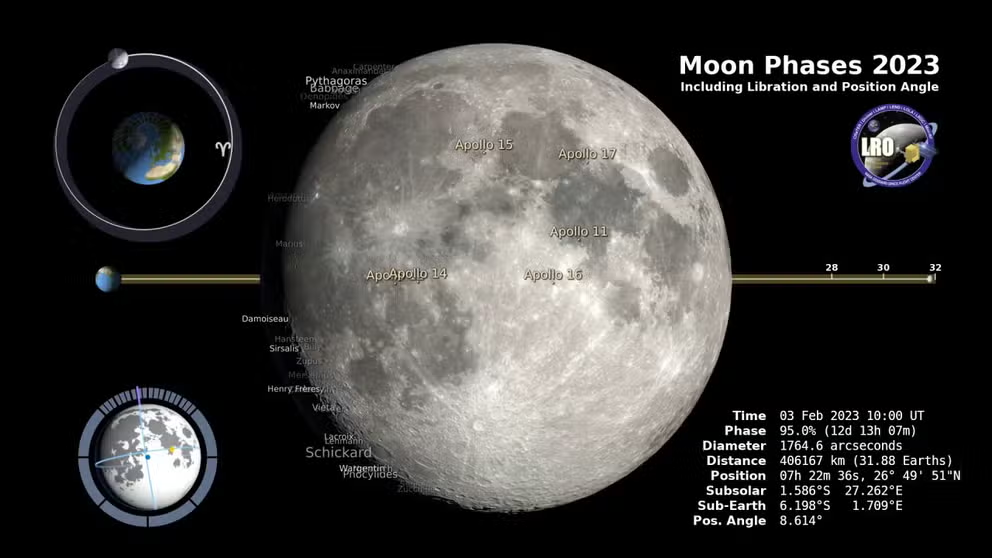NASA photos show crashed Japanese moon lander on lunar surface
Japan-based ispace was hoping to become the first private company to put a lander on the moon when it launched the HAKUTO-R Mission 1 Lunar Lander from Cape Canaveral Space Force Station in Florida last December.
Video: Moon phases in 2023
The moon will be full 13 times in 2023 thanks to its orbit.
A NASA space telescope orbiting the moon has sent back photos to Earth showing the area in which a failed Japanese moon lander crashed into the lunar surface last month.
Japan-based ispace was hoping to become the first private company to put a lander on the moon when it launched the HAKUTO-R Mission 1 Lunar Lander from Cape Canaveral Space Force Station in Florida last December.
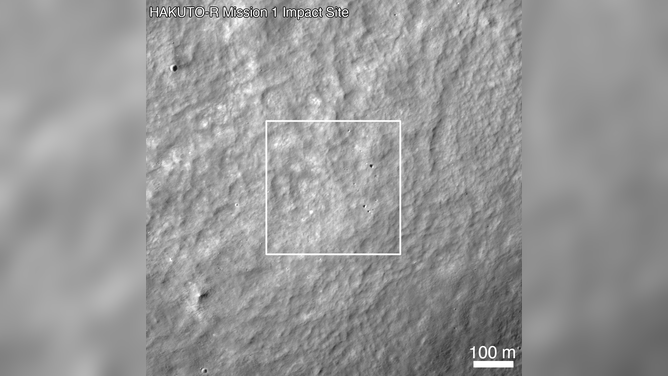
HAKUTO-R Mission 1 Lunar Lander impact site, as seen by LROC the day after the attempted landing. LROC NAC image M1437131607R.
(NASA/GSFC/Arizona State University / NASA)
After spending more than 130 days traveling through space, the lander began a controlled descent to the moon's surface near the Atlas crater.
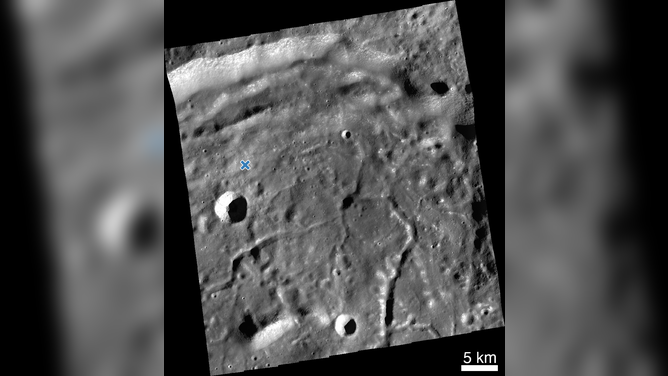
LROC NAC mosaic of the HAKUTO-R Mission 1 Lunar Lander impact site made from five NAC image pairs: M1437138630L/R, 1437131607L/R, M1437124584L/R, 1437117561L/R, M1437110537L/R. The blue cross marks the impact site.
(NASA/GSFC/Arizona State University / NASA)
However, communication was lost moments before the lander was set to touch down on the moon on April 25.
"So, we have to assume that … we could not complete the landing on the lunar surface," ispace CEO Takeshi Hakamada said during a news conference in Tokyo after the mission failed.
On April 26, one day after the lander crashed, the Lunar Reconnaissance Orbiter (LRO) spacecraft was able to take 10 photos around the landing site with the Narrow Angle Cameras (NACs).
Using the NAC image taken before the landing attempt, the Lunar Reconnaissance Orbiter Camera (LROC) science team began searching for the doomed lander.
ASTRONAUT ON ISS SPOTS FLORIDA'S MUDDY WOUNDS LEFT BY HURRICANE IAN
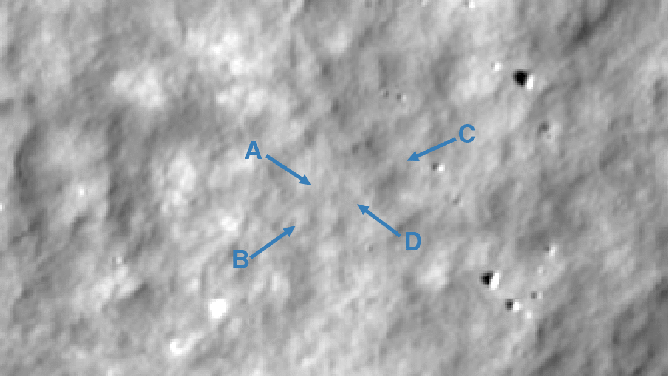
Before (M192675639R) and after (M1437131607R) comparison of the impact site. Arrow A points to a prominent surface change with higher reflectance in the upper left and lower reflectance in the lower right (opposite of nearby surface rocks along the right side of the frame). Arrows B-D point to other changes around the impact site.
(NASA/GSFC/Arizona State University / NASA)
When compared with the photo taken after the failed landing attempt, the LROC team identified an unusual surface change near the landing site, according to a news release.
That image showed at least four prominent pieces of debris and other surface changes.
The scientists believed that the central feature in the image above showed several bright pixels in the upper left and several dark pixels in the lower right.
According to the release, the objects were opposite nearby boulders, which suggests it could be a small crater or different parts of the lunar lander’s body.
1-YEAR AWAY: WILL WEATHER COOPERATE FOR TOTAL SOLAR ECLIPSE IN APRIL 2024?
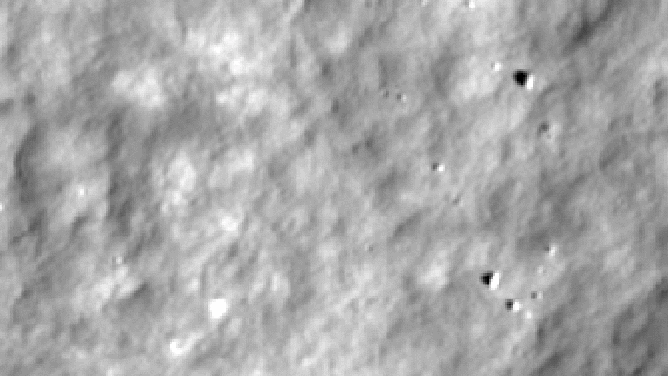
Before (M192675639R) and after (M1437131607R) comparison of the impact site without annotations.
(NASA/GSFC/Arizona State University / NASA)
"This site will be analyzed more over the coming months as LROC has the opportunity to reimage the site under various lighting and viewing geometries," the news release said.
Ipsace has already started to prepare for a second HAKUTO mission, and the data the company received from the first would help to refine future attempts at a moon landing, according to Hakamada.
"We are very proud of the work that we have already achieved," Hakamada said.

Ratio image created by dividing the after (M1437131607R) and before (M192675639R) images. The impact created an area of higher reflectance, approximately 60-80 m across.
(NASA/GSFC/Arizona State University / NASA)
"We will keep going – never quit (our) lunar quest," he added.
Mission 2 is slated to head to the moon in 2024. A third mission is also planned, but details have not yet been announced.
